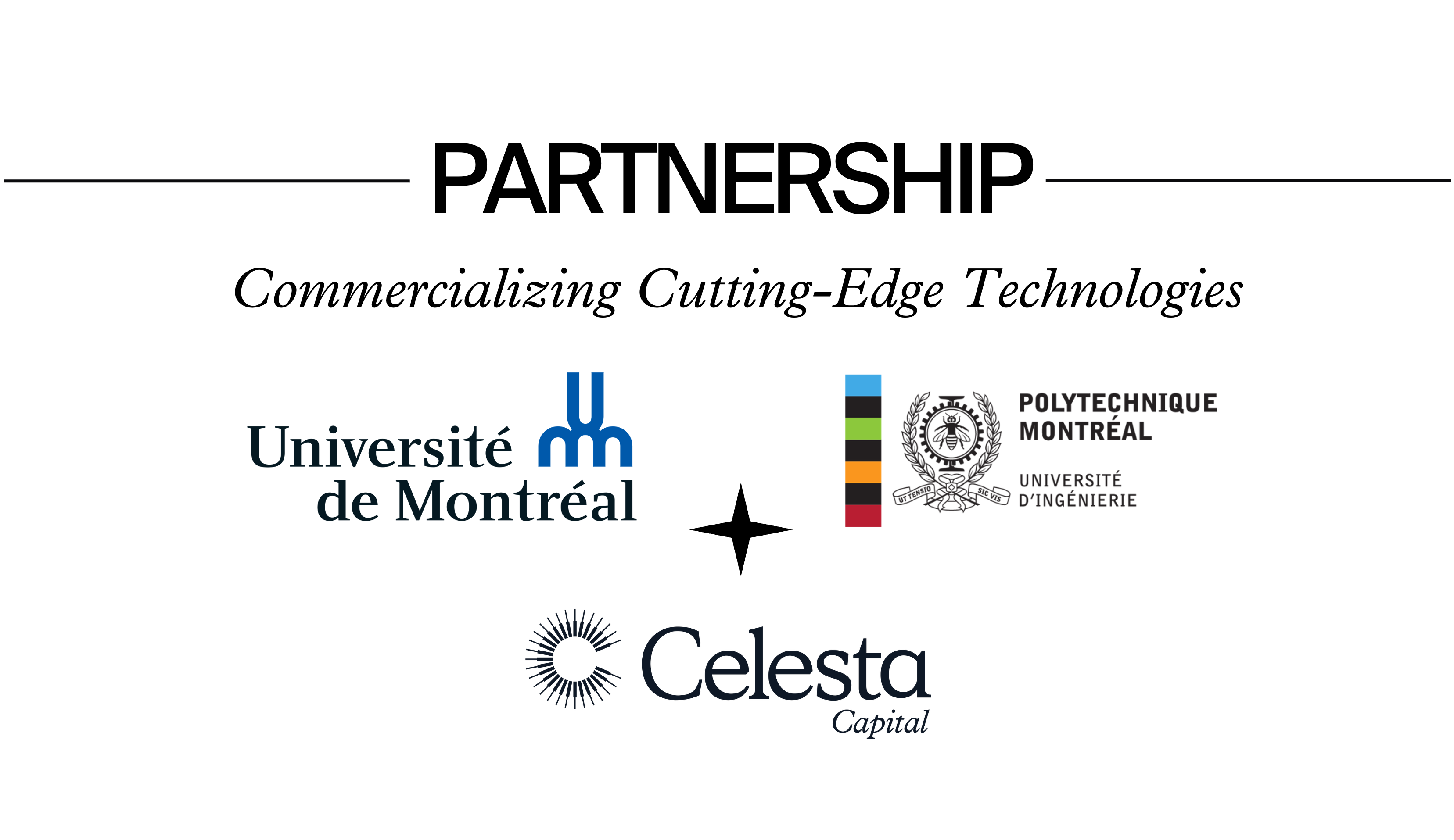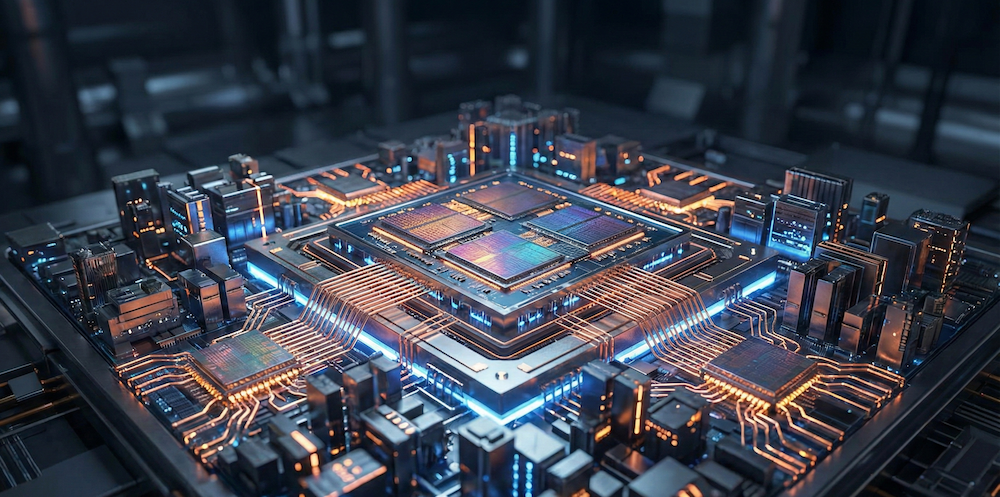How Sensors Power Digital Transformation in Medicine and Healthcare
How Sensors Power Digital Transformation in Medicine and Healthcare
I recently wrote about how sensors have enabled digital transformation across a number of industries, including logistics, manufacturing, transportation, and retail. Factors like low cost sensors that can operate for years, transactional processing costs dropping by 90%+, data storage being close to free, and significant improvements in networked systems and devices have all worked together to enable networked sensors to become key enablers of digital transformation. Healthcare, in particular, is a major beneficiary of that progress.

I recently wrote about how sensors have enabled digital transformation across a number of industries, including logistics, manufacturing, transportation, and retail. Factors like low cost sensors that can operate for years, transactional processing costs dropping by 90%+, data storage being close to free, and significant improvements in networked systems and devices have all worked together to enable networked sensors to become key enablers of digital transformation. Healthcare, in particular, is a major beneficiary of that progress.
Of the industries mentioned, medicine is poised to see perhaps the biggest advancements because of increased sensor capabilities. We’re entering a new era of state-of-the-art tracking and measurement via data collection and analysis. In this mobile-first environment, sensor-powered improvements in storing, managing, merging, and evaluating data are changing the world of healthcare.
The medical community relies on meticulous data to make accurate diagnoses. As more detailed data becomes available via advanced sensors, doctors, nurses, and other medical professionals can capture, monitor, measure, and analyze to better treat their patients. Additional information and context provided by sensors allows a more nuanced understanding of patient experiences, leading to faster solutions. This means fewer invasive tests and quicker life-saving diagnoses than previously available via outdated measurement methods.
While transformation and advancement has always been a hallmark of healthcare, sensors have accelerated the trend. For an example of the historical change driven by sensors, look no further than the evolution of magnetic imaging. Computed Tomography (CT) scans were developed first, which then gave way to Magnetic Resonance Imaging (MRI), which in turn led to Functional MRIs. Functional MRIs require superfast computing capabilities to control sensors and ingest data. They then convert said data from k-space to real space in real time, and route data to the proper storage format so a medical professional can view it across a specific network. This functionality would have been unfathomable when CT scans were first developed. Beyond imaging, a direct line can be drawn between advancements in computation and storage in sensors and improvements in genetic analysis, drug discovery, new medical materials, enhanced patient care, and more.
Healthcare products that leverage sensors are currently being implemented to help sick people around the world. These include remote monitoring systems that oversee patients’ vital signs from afar, or track medical device performance indicators to increase efficiency and prevent failure. This enables medical professionals to proactively improve their performance while preventing devastating equipment outages.
Celesta Capital’s work in deep tech and biotech has naturally led us to the world of sensors in healthcare. Sensors are poised to completely revolutionize medicine. They provide doctors with the tools they need to treat their patients faster and less invasively. As sensors draw the blueprint for new medical advancements, Celesta is there to guide our portfolio companies in developing and bringing their healthcare products to market.
With Atonarp, Celesta is investing in a company that is advancing clinical diagnostics, life science research, and industrial process control through digital molecular profiling. They are innovating next generation mass spectrometry and multi-laser optical spectrometry platforms that harness the power of innovative technologies with advanced analytics to generate actionable results in minutes. Their multi-laser optical spectrometry platform, the ATON System, is under development and in field trials with their partner in the dialysis market. The ATON System does not use immunoassay or chemistry reagents. Instead, advanced lasers excite the molecules in the sample. Sensors collect molecular signatures from scattered light. The software reports the concentrations of each target in the test panel. Real-time results inform personalized treatment decisions for better outcomes, improved patient satisfaction and reduced costs.
Another Celesta investment, Kyulux, is using sensors to improve OLED displays and lighting that aids in the development of the next generation of medical materials and helps improve drug discovery. Kyulux creates next-generation hyperfluorescence TADF emitters that are built without rare metals. Hyperfluorescence OLEDs combine TADF and fluorescence emitters to enable highly efficient emission (100% IQE) at a low cost and high color purity. These OLED displays for smartphones, wearables, laptops, and TVs are flexible, high contrast, boast a fast response time, and have a self-emissive display.
Without sensors, the healthcare industry would lack many powerful tools for gathering and analyzing data regarding patient health and equipment performance, as well as new techniques or products that can help improve diagnosis and treatment. As sensors become more powerful, they will continue to drive innovation. Startups and enterprises alike are inventing new game-changing products that will help keep us healthy and safe because of sensors.






